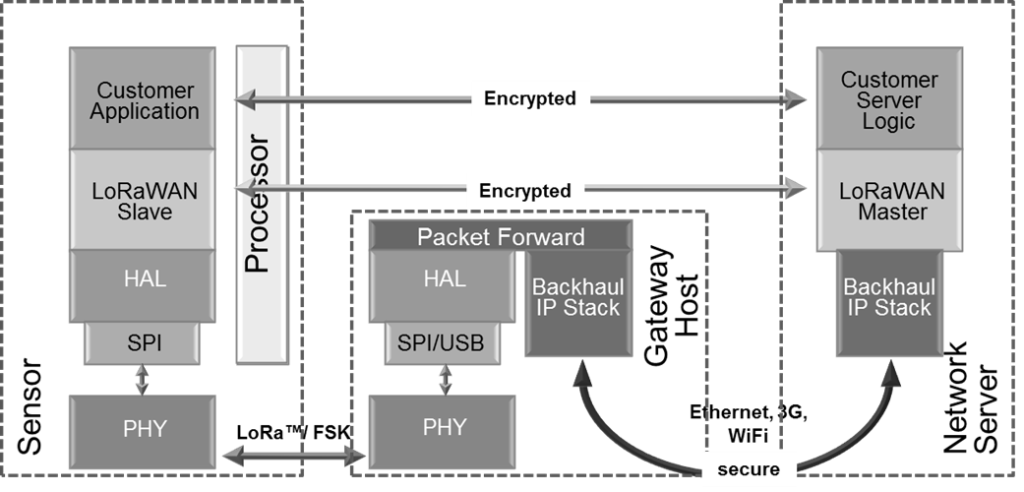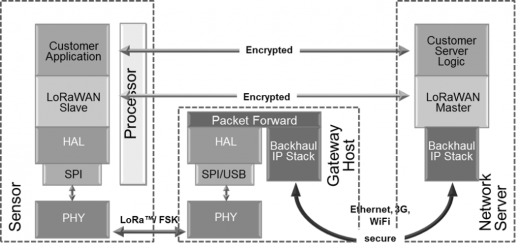New LoRa devkit opens doors to faster IoT prototyping
New LoRa devkit opens doors to faster IoT prototyping1

Three companies involved with the LoRa Alliance have combined forces to create a new development kit aimed at making it easier for IoT developers to quickly prototype new IoT technologies.
The LoRa Alliance is an open, non-profit association of members focused on bringing about a global standard communications avenue for the Internet of Things (IoT), machine learning, industry, and other applications.
One of the avenues the LoRa Alliances is banking on is the LoRaWAN cloud network, a specially-designed for IoT things that use battery power, benefiting from a low-powered wide-area network (LPWAN) connection. The global success of LoRaWAN is among the LoRa Alliance’s top priorities.
Another important benefit of the LoRaWAN standard is support for bidirectional communications with end-points in addition to multicasts – a useful tool for delivering software updates.
There are also battery-saving benefits to the standard. From the official LoRa website:
LoRaWAN data rates range from 0.3 kbps to 50 kbps. To maximize both battery life of the end-devices and overall network capacity, the LoRaWAN network server is managing the data rate and RF output for each end-device individually by means of an adaptive data rate (ADR) scheme.
LoRa member firms all worked on the devkit
The alliances’ member companies — Semtech, Libelium, and Loriot — each worked on the development kit, which ships in 915 MHz and 868 MHz bands to meet American and European requirements. The kit comes complete with a gateway, 10 Semtech sensor devices, software, and the ability to interface with the Loriot LoRaWAN cloud network. The gateway in the kit is used to deliver messages to and from devices and the server.
LoRaWAN includes three different classes of devices. These classes enable for a variety of different applications.
- Class A – Bi-directional end-devices
- Class B – Bi-directional end-devices with scheduled receive slots
- Class C – Bi-directional end-devices with maximal receive slots
The LoRA Alliance is releasing the development kit in an effort to broaden adoption of its communication standard. Recently, Cisco has been added to its list of members.
The post New LoRa devkit opens doors to faster IoT prototyping appeared first on ReadWrite.
(35)


